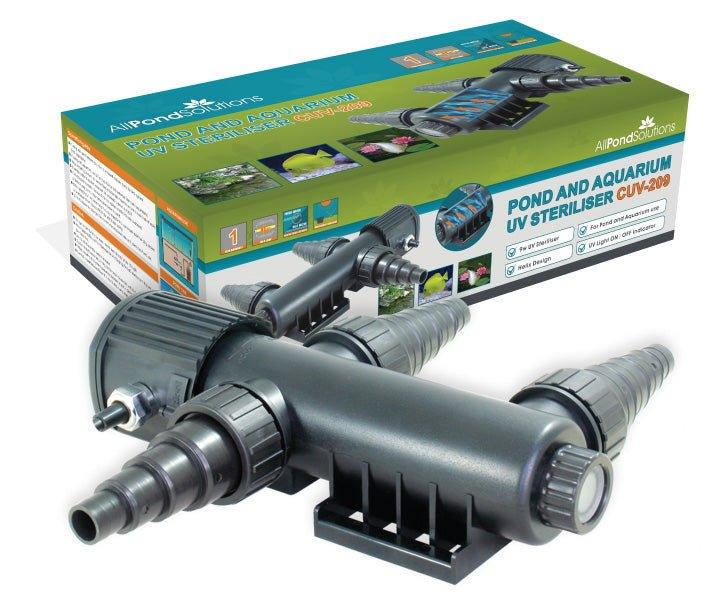What's on the Menu? Finding the Perfect Food for Your Fish
Fish remains a firm favourite as a pet in households all over the world, mainly due to ease of care and their beautifully vibrant appearance. As is the case with any pet, it’s important to know how to care for them properly, and from tank set up to nutrition and maintenance, there really is a great deal to think about.
When it comes to feeding your fish, you may be surprised to learn that there are types of fish food available outside the well-known flake food, and it’s vital that you know which food is best suited to your beloved pet. Here is a short guide to help you find the perfect food for your fish, and instructions on what you must do in order to care for your fish during and following feeding.
Determine Your Type of Fish
There are a number of different groups of fish and each group have very specific needs. Whether your fish is a herbivore, carnivore or omnivore, it’s important to determine what food is best for them, as this will enable you to provide them with the best nutrition possible.
Herbivore – These fish have small stomachs and so must be fed little and often. Their diet should be made up of plants and vegetable matter such as algae, spinach and vegetable tablets. Fish in this category include Pacu, Molly and Silver Dollar.
Omnivore - The most common fish found in aquariums are omnivores. Their diet is largely protein-based, meaning they require a diet of both meat and vegetables or plants. In regards to meat, some fish prefer to eat live food whilst others will happily eat it in the form of pellets or flakes. Fish in this category include Guppies, Goldfish, Rams and Convict.
Carnivore – These fish are often hunters and, as such, prefer a meat based diet. Due to their often hostile nature, live prey is preferred to allow them to hunt and kill the food for themselves. Fish in this category include Banjo Catfish, Archerfish and Frontosa.

Types of Fish Food
There are a variety of food options available for your fish and, much like humans, fish require a balanced and nutritional diet. You should be extremely cautious not to overfeed fish as this is a mistake that happens quite frequently.
Algae, Plant and Vegetable Based Food – A favourite of vegetarian fish. This type of food includes seaweed, wood, algae and even peas. The plants that you use in your aquarium for oxygen and decoration should be chosen carefully, as these can also provide a source of food for your fish. It’s important to ensure that the plants are soft enough to eat yet tough enough to allow the plant to regenerate and grow.
Flakes and Pellets – Probably the most common form of fish food. Flakes and pellets provide a nutritional diet for fish. They are available for herbivores, omnivores and carnivores alike. It is important not to overfeed your fish with this type of food, as this is a common problem with food in this form.
Frozen – This provides huge amounts of nutrition for your fish and is much less expensive than live food. From whole fish to seafood, there is a huge variety of frozen food available, which makes giving your pet a varied diet that little bit easier.
Freeze Dried - Although certain freeze-dried food is a little pricey, it is significantly cheaper to purchase than live food. It is packed with nutrients and so makes an excellent staple in your fish’s diet in place of flakes or pellets.
Live Food – From Larvae to Earthworms, live food is preferred by both carnivores and omnivores. It comes with a much higher price tag than most other varieties of fish food.
There are also foods available in block form, which enable you to feed your fish whilst you’re away on holiday, and food that includes medicines for when your fish is unwell.
Cleaning Your Tank after Feeding
One of the most common mistakes fish owners make is to overfeed their fish. Excess food often sinks to the bottom of the tank and is left to rot, which inevitably causes the tank to become polluted – this is not a great environment for your fish to live in. You can avoid this primarily by not overfeeding your fish. This will become easier in time as you will become more familiar with your pets’ eating habits and how much food they actually require.
Dependent on the size of your tank, cleaning should generally take place weekly (or every other week for larger tanks), but if you do notice that your aquarium is becoming particularly green and dirty, then you may have to consider trying to remove any excess food that is left to float and eventually sink to the bottom of the tank. This can be done using a small net to scoop up as much food as you can. You should never use cleaning products in your tank or on the decorative items that you want to add back in. Instead, soak items such as rocks and plastic plants in boiling water, as this will remove any rotting food and will ensure that these items are sufficiently sterilised.
When cleaning out your tank, it’s important that you reuse around 15 per cent of the water from the aquarium and combine it with the new water. You should also consider installing a proper filtration system which will mean that your water will stay clear and clean for longer. These may look complicated but they significantly increase the cleanliness of your tank and provide a happy living environment for your fish.
